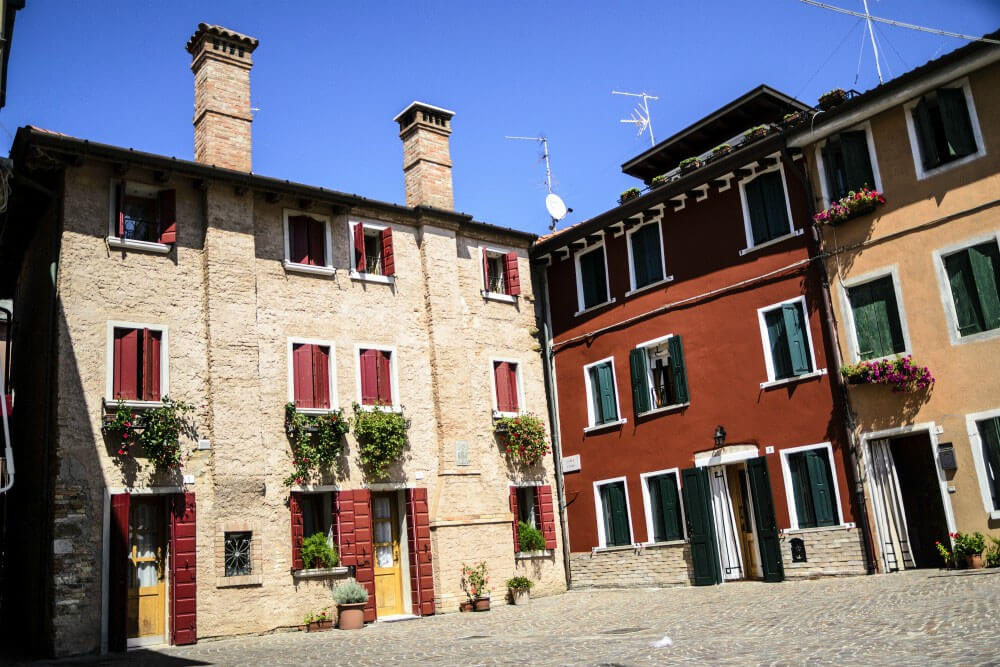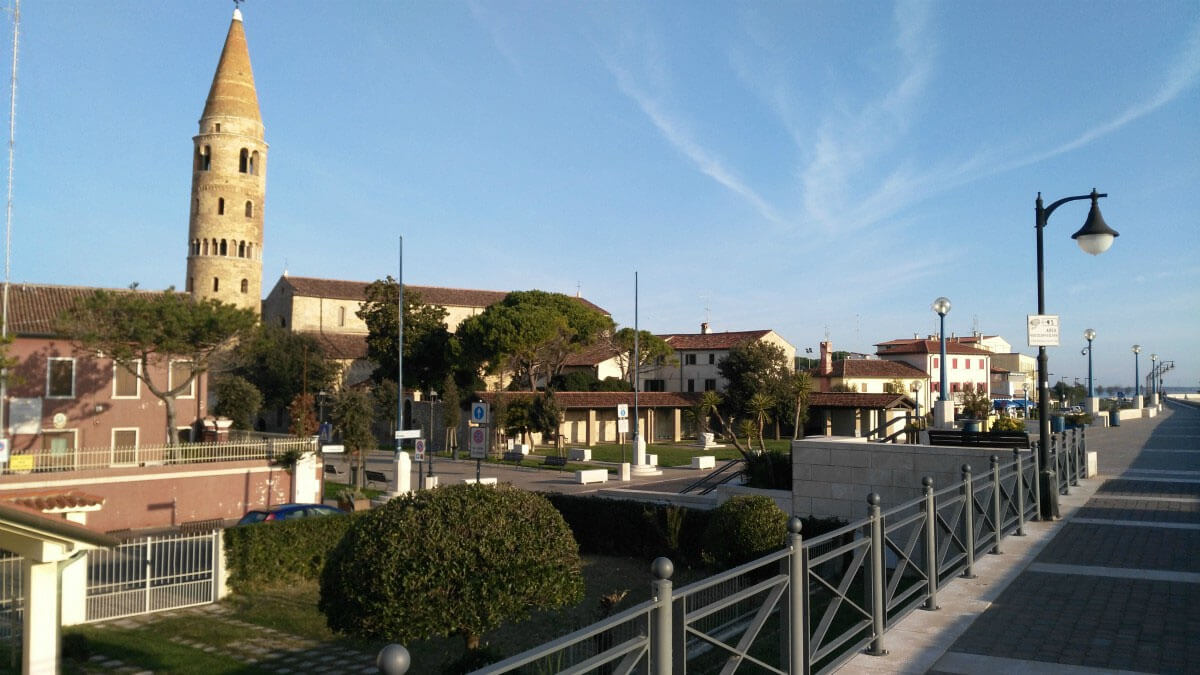Centro storico
 Altro
Altro
Descrizione
Caorle è una città molto antica. Il suo cuore era e rimane il centro storico: antico borgo peschereccio, con le case dai brillanti colori tipici della tradizione veneziana, che un tempo si affacciavano sugli antichi rii, ora interrati. Caorle, infatti, è definita “La Venezia in miniatura”: l’appellativo non può essere più appropriato dal momento che la presenza di calli grandi e piccole, di campielli e di case pittoresche non possono che ricondurre alla memoria le forme della città lagunare.
La pavimentazione di Rio Terrà, in prossimità del Centro Culturale Bafile, presenta delle linee bianche che delineano il corso del canale d’acqua che attraversava il centro storico, interrato nel XIX secolo (da cui deriva il nome della via). Parallelamente a Rio Terrà è situata Calle Lunga, un tempo arteria principale del borgo, che conduce alla piazza principale, Piazza Vescovado, dove si erge il duomo di Santo Stefano e il campanile.
A historical centre full of narrow streets, little squares and houses painted in bright colours, facing on canals that successively have been silted. For these features Caorle has been nicknamed "Venice in miniature”. The flooring of Rio Terrà in front of Centro Culturale Bafile outlines through two parallel white lines the course of the water canal that in the past used to cross the historical centre, it was covered with earth during the XIX century (from which the name of the street is derived).
Calle Lunga, which runs parallel to Rio Terrà, was the main thoroughfare of the centre in the past and leads to the main square; Piazza Vescovado, where the cathedral and the bell-tower stand out.
Caorle ist eine sehr alte Stadt. Das Herz der Stadt von Caorle war und ist das historische Zentrum: antikes und pittoreskes Fischerdorf mit seinen bunt angemalten Häusern an den alten Kanälen, die nun zugeschüttet sind. Caorle wurde in der Tat als "Venedig in Miniatur" bezeichnet. Der Name könnte nicht angemessener sein, da die Anwesenheit von großen und kleinen Gassen, sonnigen Plätzen und von Häusern mit hellen Farben, nach der venezianischen Tradition bemalt, sofort die Formen der beliebtesten Lagunenstadt der Welt in Erinnerung rufen.
Die Pflasterung des Rio Terrà, vor dem Kulturzentrum Bafile zeigt weiße Linien vor, die den Lauf des gleichnahmigen Kanals entsprechen, der die Altstadt durchquerte und im XIX. Jahrhundert zugeschüttet wurde. Daher noch heute der Name Rio Terrà. Parallel zur Rio Terrà verläuft die Calle Lunga, einst Hauptarterie des Dorfes, welche zum Hauptplatz Piazza Vescovado führt, wo der Dom und der Glockenturm emporragen.


